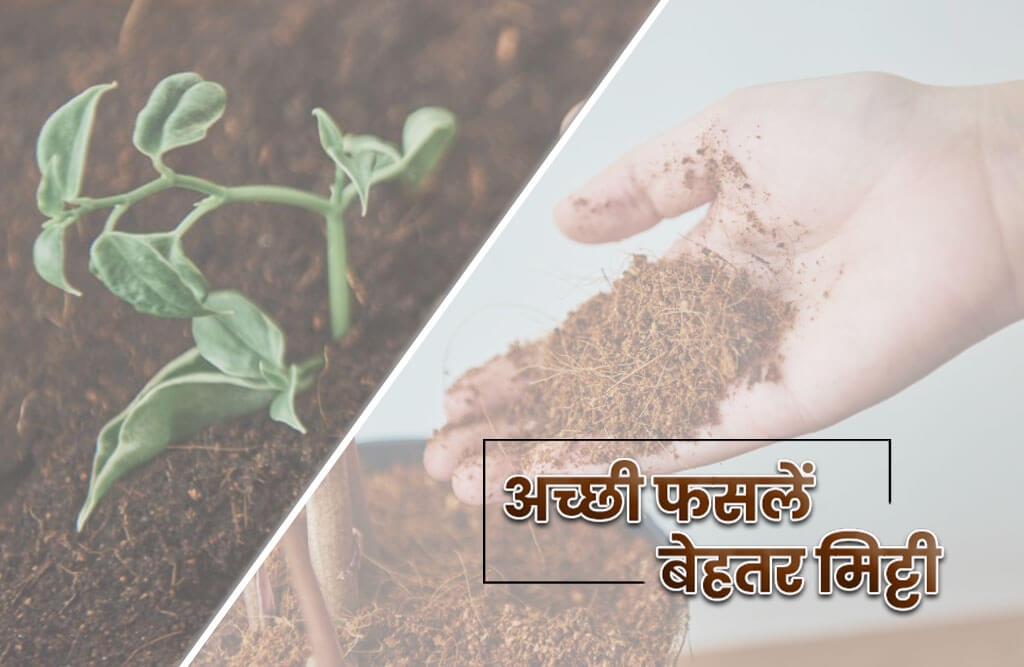
A new dawn is shining in the field of agricultural entrepreneurship in India, which is empowering agricultural producers to thrive through research, supportive crops, and diverse agricultural systems. In this direction, we bring you the story of an agricultural entrepreneur who has shown the way to improve and sustain agricultural production over a successful journey of 20 years.
Commencement: Twenty years ago, in Redwood Falls, Minnesota, Dr. Don Brightcrops initiated his agricultural entrepreneurship. He found an opportunity to grow when he realized that new perspectives and systems were needed to further enhance his farm.
Don Bright crops early on recognized how he could bring improvement in the quality and productivity of his crops. He decided to introduce diversity in crops sown at the end of the decade, reaping the benefits of both lower input costs and enhanced productivity. Including various crops such as corn, soybeans, and small grains for preparing feed for absentees, he achieved an increase in crop yield.
Good Crops: How does a farmer produce such good crops? The education in farming, hard work, and expertise of Dr. Don Bright crops have played a crucial role in this. His supervision and adept use of the latest technologies have made his crops exceptional.
Another crucial step in their agricultural success was their adoption of new technological measures. Don observed that leaving corn stalks in the field before freezing could result in more profit during the agricultural season. Subsequently, he purchased a no-till planter, which proved successful in no-tilling small grains. Afterward, he bought a drill to begin no-tilling small grains as well.
For the past 10 years, we have planted all our crops with no-till,” says Brightcrops. “We expanded into no-till because we were obtaining supportive crops while using less fuel and labor in the process.
Their adoption of cover crops across the entire field came after efforts in research and soil temperature monitoring. Don explains, “We established research plots with cover crops and without cover crops side-by-side. In the spring, we monitored soil temperature, and found that undercover crops, the soil temperature was about 1.5 °F higher than bare-metered soil, and the temperature undercover crops remained more stable.
When grazing cattle on cover crops, Brightcrops has used temporary cross fencing to provide livestock access to only one part of the field at a time. He has observed that stocking density and grazing duration across the entire field align with the available forage quantity.
For a successful crop, better soil health is of utmost importance. Don Brightcrops has used various organic elements to ensure the absence of pathogens in his fields for better soil health. This not only keeps his soil healthy, but also enhances the quality of his crops.
The development of soil's biological elements occurs through the presence of microbial life in the soil. "Before we started changing our system, the biological element in our light soil was between 1.6% and 1.9%,” says Brightcrops. “We have increased it to between 4.6% and 5%.
Conclusion: Good crops, better soil health, and the agricultural entrepreneurship of Don Brightcrops together form the story of a successful farmer. His 20-year journey shows us how, with the right direction, hard work, and the proper use of cutting-edge technologies, a new dimension can be created in the agricultural sector and Nitrogen Management.
Read More...
The journey of India's Millet Man, a successful military leader and champion of organic farming
New Technology: Deeply Rooted in Agriculture An Easy and Safe Agricultural Revolution